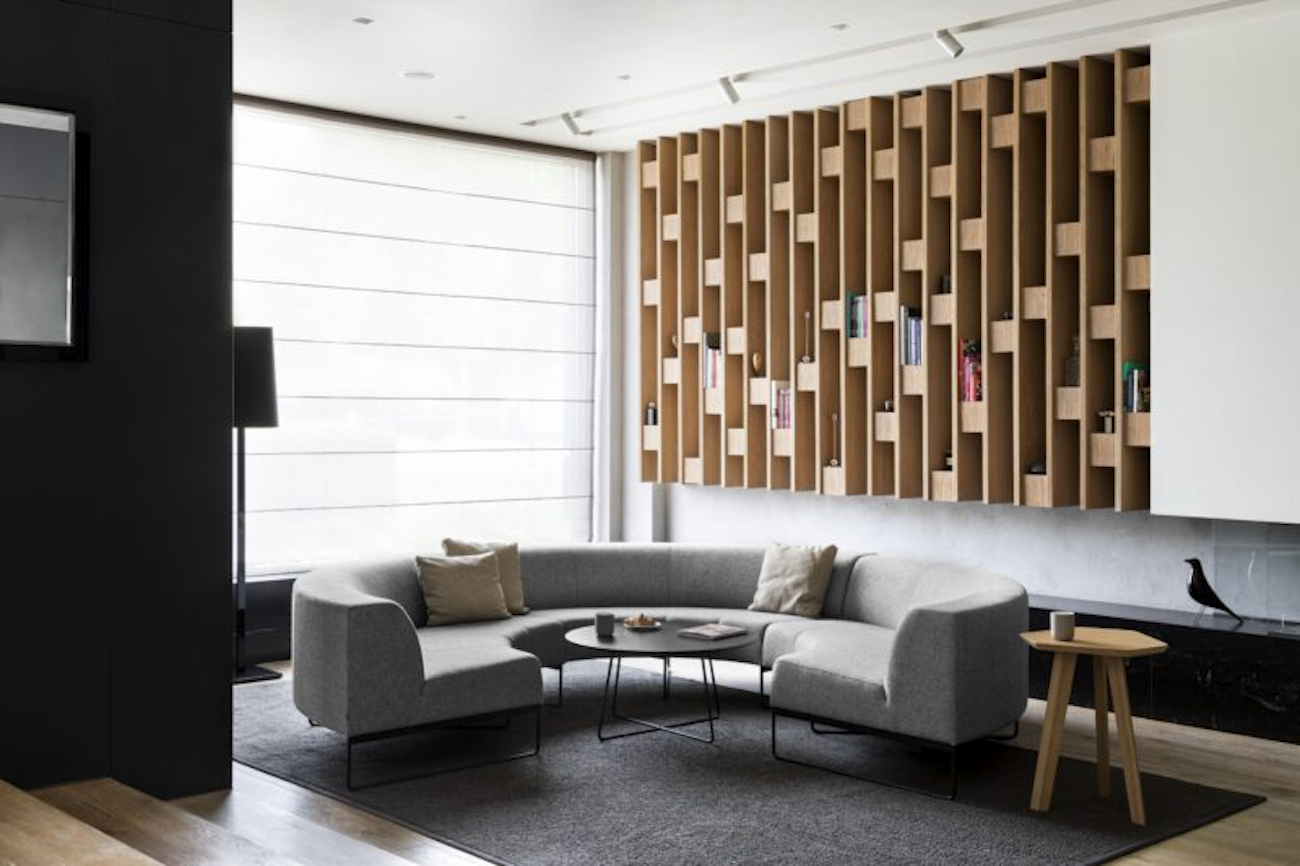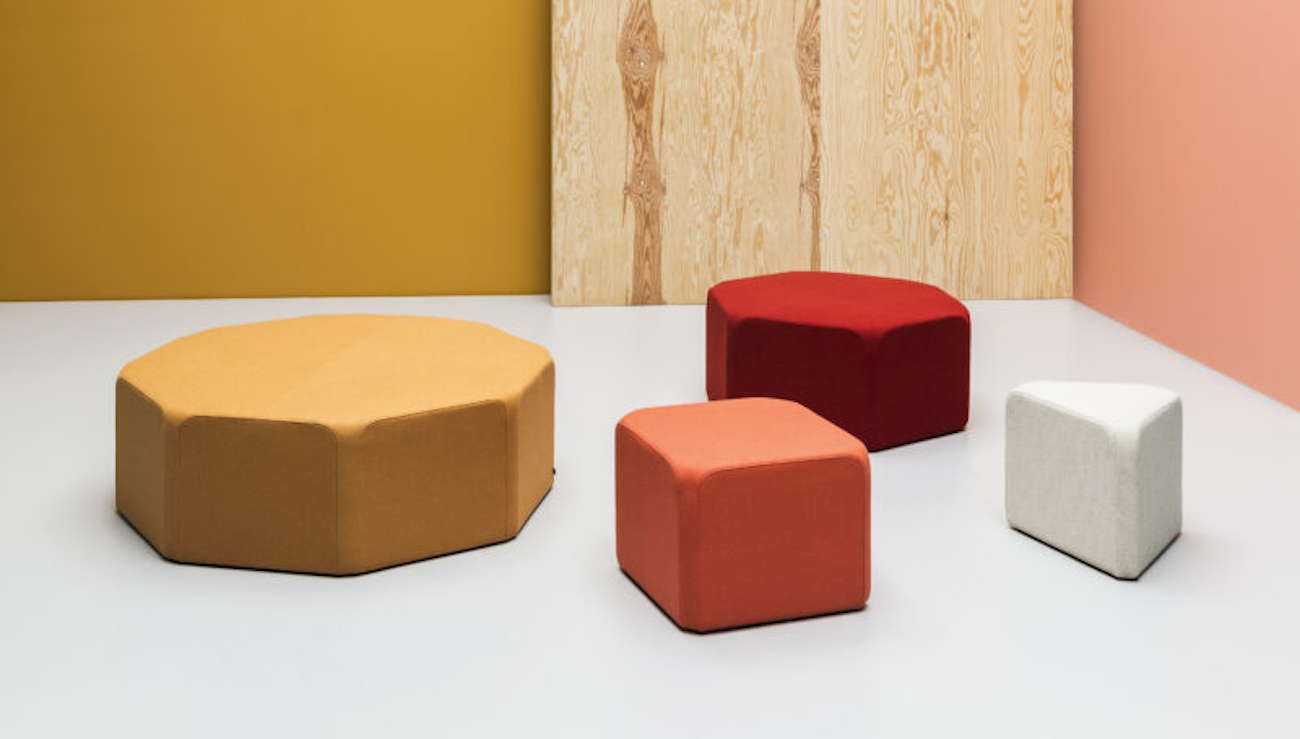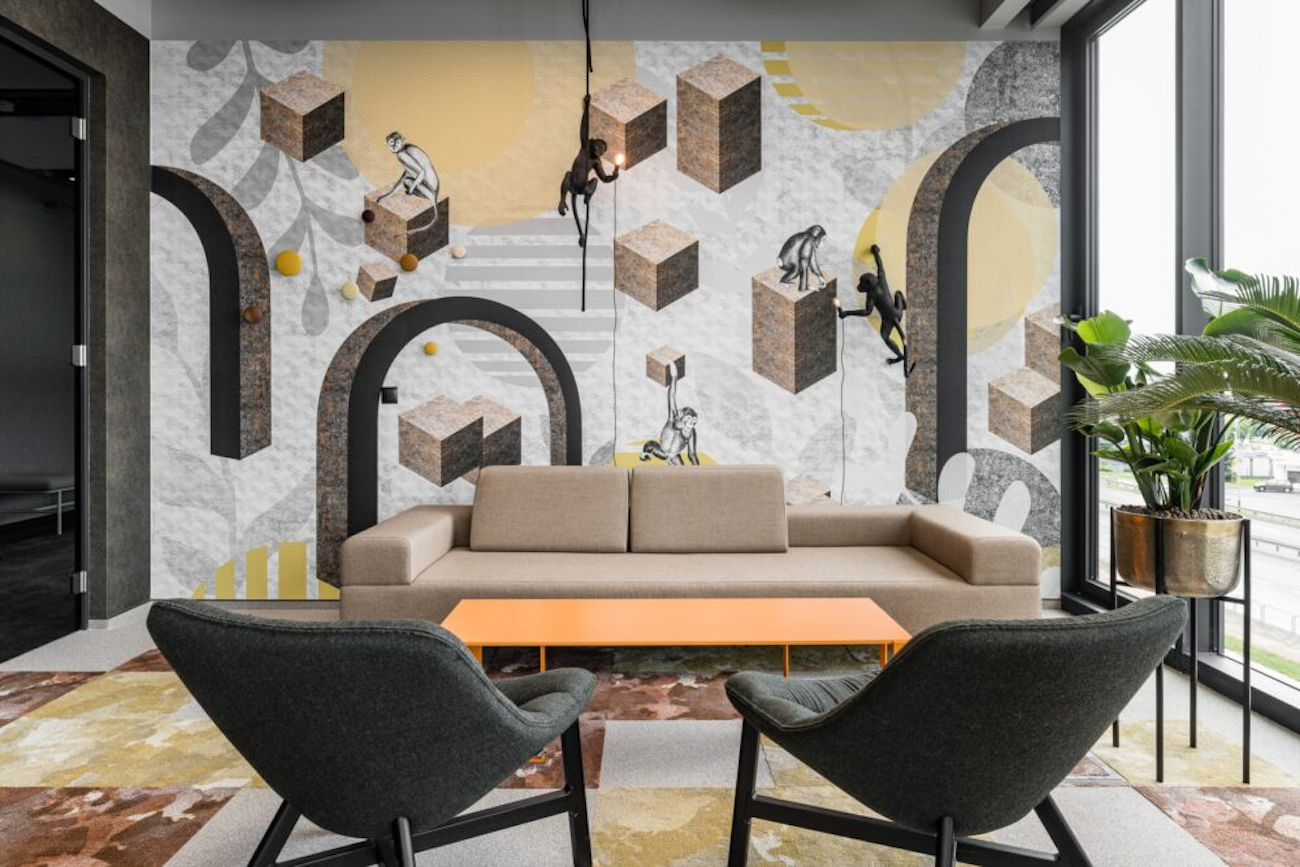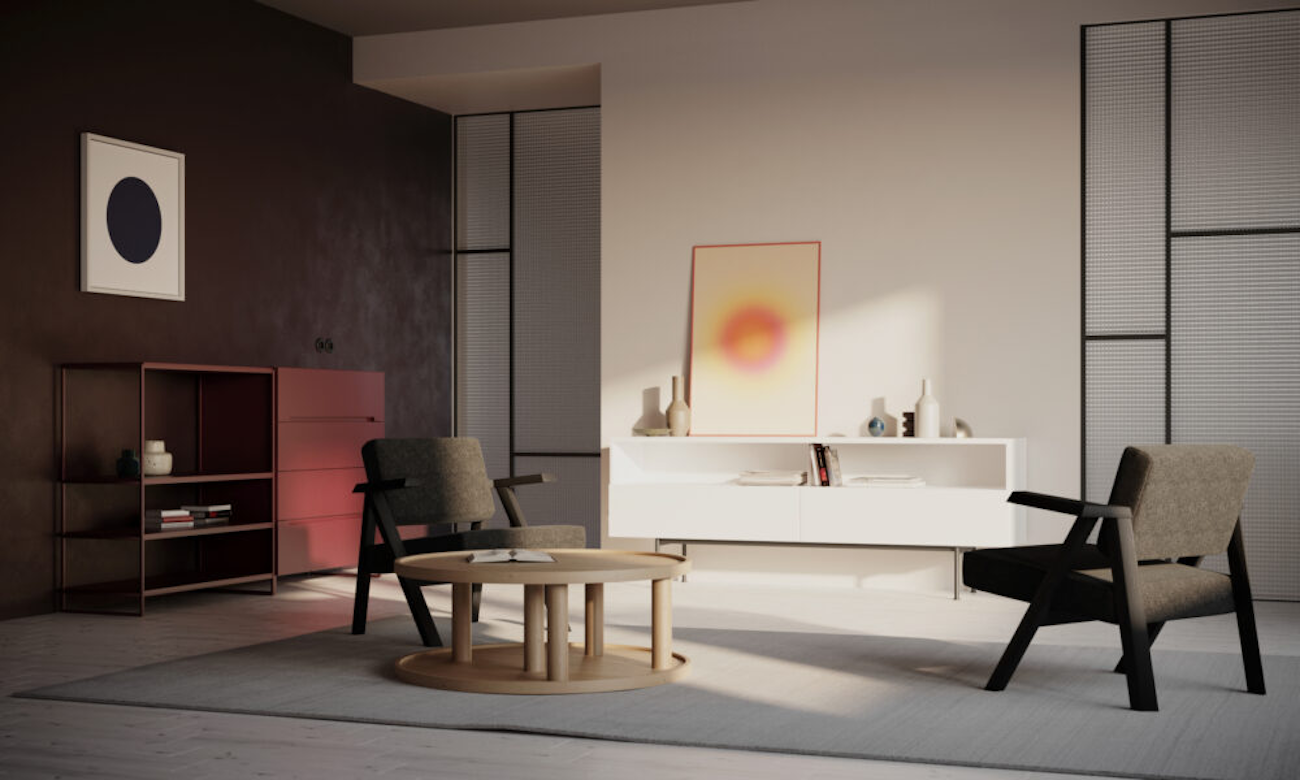Insights
Curves, Angles, and Beyond: Experimenting with Shapes in Modern Offices

Picture yourself in a workspace where each curve encourages comfort, where every angle invokes focus, and where the interplay of shapes fosters creativity and collaboration. This is the essence of modern office design, where the careful selection of curves and angles goes beyond aesthetics—it's about crafting an environment that reflects an organisation's values, empowers its employees, and propels it into the future.
In this blog, we will delve into the fascinating world of shapes and their impact on modern office environments. From the sleek lines of minimalist design to the inviting curves of ergonomic furniture, the choices in shapes are endless, and their effects on productivity, creativity, and overall workplace satisfaction are profound.

The Power of Geometry
Before we dive into the specific shapes used in modern offices, let's take a moment to appreciate the power of geometry in design. Geometry is an age-old art that transcends mere lines and angles. It's a language of symmetry, proportion, and aesthetics, harnessed to create spaces that resonate with our deepest human sensibilities. When employed skillfully, geometry orchestrates a symphony of visual cues, shaping how we experience and interact with our surroundings.
At its core, geometry is about balance. It's the art of finding equilibrium, whether through the graceful curves of an arch, the precision of a right angle, or the symmetry of a perfect circle. This equilibrium, often subconsciously perceived, is what lends a sense of order and coherence to our environments.
But geometry doesn't stop at aesthetics; it delves into the realm of emotions and behaviours. The shapes and patterns that define a space can evoke feelings of tranquillity, excitement, focus, or creativity. The placement of furniture, partitions, and walkways is also often determined by geometric considerations, subtly shaping our behaviours. Geometry is the silent conductor of the symphony of human experience within the modern office, and in the following sections, we will explore how specific shapes, such as curves and angles, play their unique roles in this design composition.

Curves: Inviting and Organic
Curves are a prominent feature of modern office design. Unlike the sharp, rigid lines of traditional office furniture, curved elements are known for their organic and inviting feel. They soften the harshness of a space and create a more comfortable and approachable atmosphere.
Incorporating curves into office furniture can be seen as a move towards employee well-being. Ergonomic chairs with curved backrests and rounded edges provide better support and comfort, reducing the risk of health issues such as back pain. Furthermore, curved desks and workstations promote a sense of inclusivity and encourage collaboration. People are more likely to gather around a rounded table, as it eliminates the hierarchical seating arrangement often associated with rectangular tables.

Angles: A Modern Aesthetic
While curves offer comfort and inclusivity, angles can add a sense of modernity and energy to an office space. Clean lines and sharp angles are often used to create a sleek, minimalist look that appeals to contemporary tastes.
Angular furniture and architectural elements can also be used strategically to define spaces within an open-plan office. For instance, angled partitions or dividers can create semi-private workstations without the need for traditional cubicles. This approach maintains the benefits of an open layout while giving employees a sense of personal space and reducing distractions.

Shapes that Reflect Brand Identity
In addition to their impact on employee well-being and aesthetics, shapes are also a powerful tool for conveying brand identity. The shapes chosen for an office space can reflect the company's values, mission, and culture.
For example, a tech startup aiming to convey innovation and creativity may opt for a more fluid and organic design with lots of curves and flowing lines. In contrast, a law firm might choose a more traditional design with strong, symmetrical lines to project stability and reliability.

Balancing Form and Function
While experimenting with shapes in office design can be exciting, it's crucial to strike a balance between form and function. A beautifully designed office space that fails to meet the practical needs of employees will ultimately be counterproductive.
Ergonomics should always be a top consideration. Furniture and equipment should be designed with the human body in mind to prevent discomfort and health issues. Similarly, the layout of the office should facilitate productivity and collaboration, rather than hinder it.

The Impact on Well-being and Productivity
The shapes used in modern office design have a direct impact on employee well-being and productivity. Curved, ergonomic furniture promotes comfort and reduces the risk of physical strain, leading to happier and more focused employees. At the same time, carefully placed angles and partitions can create visual interest and minimise distractions.
Moreover, the use of shapes can influence the flow of creativity and collaboration. For instance, a circular meeting room table encourages equal participation and open discussion, while an angular desk may provide a sense of personal space and concentration for individual tasks.
Case Studies: Shape-Centric Offices
Let's explore a couple of real-world examples of companies that have embraced shape-centric office design to create innovative and inspiring workplaces:
- Google's "Curvy" Campus
Google's headquarters, known as the Googleplex, is a testament to the power of curves in office design. From the ergonomic seating options to the winding walking paths and circular meeting rooms, the Googleplex embraces curves to create a fun, welcoming, and collaborative atmosphere.
- Apple's Iconic Spaceship Campus
Apple's Cupertino headquarters, often referred to as the "Spaceship Campus" due to its circular design, showcases the company's commitment to clean lines and symmetry. The circular shape not only reflects the brand's focus on simplicity but also encourages spontaneous encounters and idea-sharing among employees.

The Future of Office Design
As we look ahead to the future of office design, it's clear that shapes will continue to play a pivotal role. With advancements in technology, designers will have even more tools at their disposal to experiment with shapes, test their impact on well-being and productivity, and create spaces that inspire and support employees.
Whether it's the gentle curves of ergonomic chairs, the sleek angles of minimalist desks, or the overall layout of the workspace, the shapes chosen will continue to shape the way we work. By understanding the psychology of shapes and their practical implications, businesses can create office environments that enhance both employee satisfaction and company success. The future of office design is exciting, and it's all about finding the perfect balance between curves, angles, and beyond.
Discover the future of office design with Haiken. Join us in crafting inspiring, employee-centric offices. Contact our expert team and find the perfect balance between curves, angles, and beyond today!